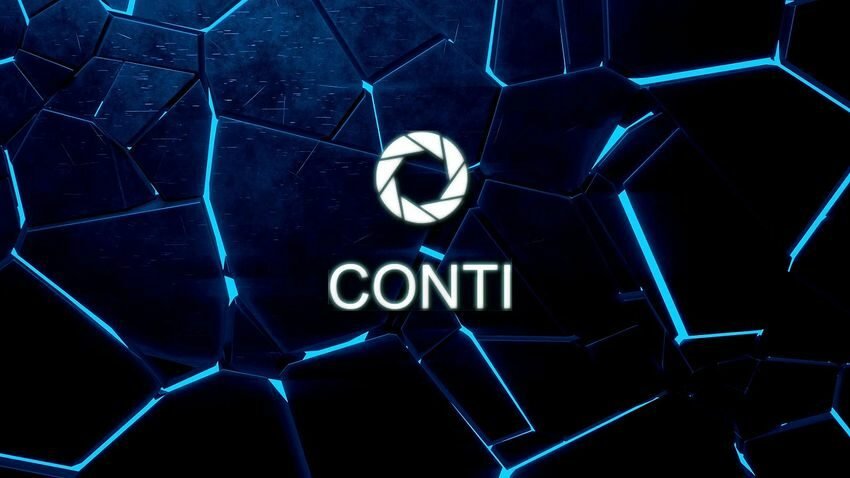A Ukrainian has leaked the latest malware source code from ransomware company Conti, in revenge for cybercriminals allied with Russia.

Conti is an elite ransomware gang probably run by Russians. With their involvement in the development of numerous malware, it is considered one of the most active cybercrime companies.
Ωστόσο, αφού η επιχείρηση Ransomware Conti τάχθηκε με το μέρος της Ρωσίας, στην εισβολή στην Ουκρανία, ένας Ουκρανός με το όνομα "Conti Leaks" αποφάσισε να διαρρεύσει για εκδίκηση τα δεδομένα και τον πηγαίο κώδικα που ανήκε στη συμμορία ransomware.
It started last month, where Conti Leaks published nearly 170.000 internal chat conversations between members of the Conti ransomware gang, from January 21, 2021 to February 27, 2022. These messages chats provide detailed insight into business activities and member engagement.
The researcher then leaked the old ransomware Conti source code, dated September 15, 2020. While the code was apparently old, it allowed researchers and law enforcement to analyze the malware to better understand how it works.
Σήμερα, ο "Conti Leaks" uploaded to VirusTotal the source code for version 3 of Conti and published it Twitter link. His file password protected access, but where the states who it is.
This source code is much newer than the previous version, with the last modified date being January 25, 2021, making it more than a year younger than the previously released code.
The source code is compiled without errors and it can easily be modified by other criminals to use it for their own benefit.





